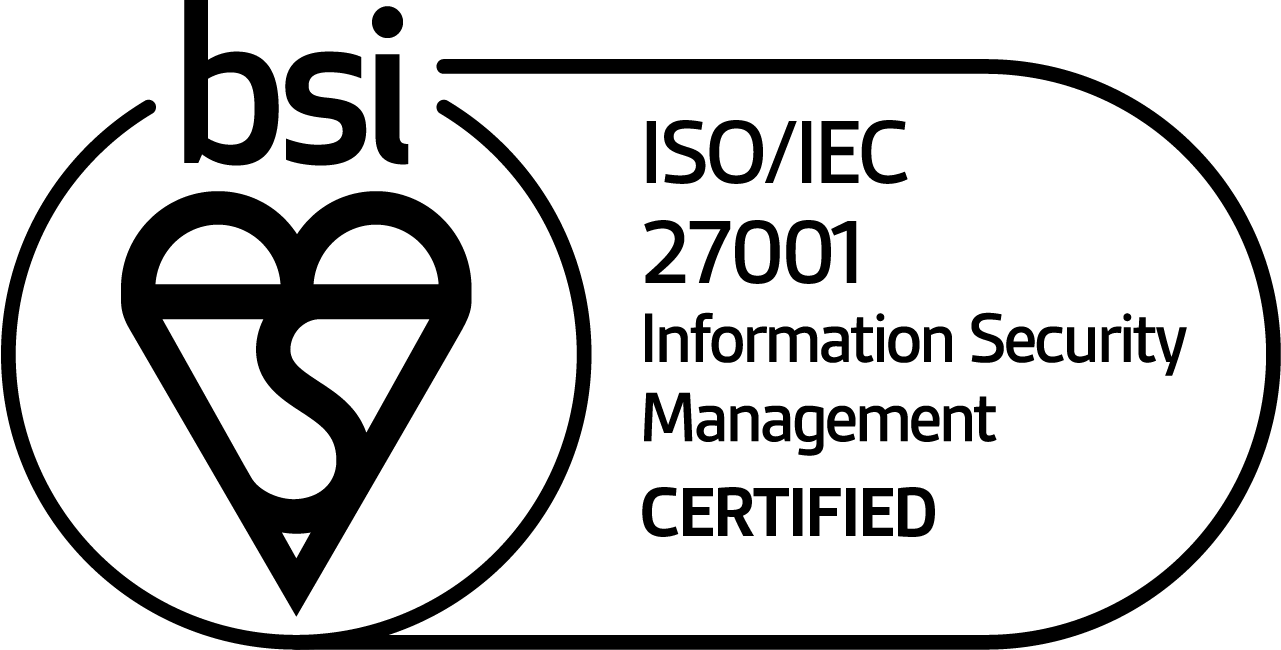Recently, The European Central Bank raised its interest rate by 0.75 percentage point. It is already the third increase in a short time. That means: watch out, borrowing money costs more money. By bringing down your DSO, you can save tens of thousands of euros.
When interest rates rise, it directly affects outstanding invoices. Because not only do invoices that are never paid cost you money as an entrepreneur, invoices that are paid late also run into trouble. All this costs Dutch businesses billions of euros every year.
More important is the question: what are outstanding invoices costing you as a business owner? The answer to that question starts with calculating your so-called DSO: Days Sales Outstanding. The DSO is the average number of days that invoices are outstanding.
Calculating DSO in 4 simple steps
- What amount is outstanding?
- What is your annual turnover?
- Divide the outstanding amount by your turnover.
- Multiply that by 365.
It is good to strive for a DSO that matches the payment agreements made. After all, the longer an invoice is outstanding, the more it has a negative impact on your working capital. If your invoices have not yet been paid and you have to pay them yourself, you may find yourself short of cash. In addition, in order to grow, you need sufficient working capital. If you need to borrow money, rising interest rates have suddenly made it much more expensive. Many entrepreneurs underestimate how easy it is to improve your working capital position through tighter debtor management.
The consequences of high DSO
That the sums involved are soon substantial is shown by the following sum. Suppose your DSO is 60 days. That is 2 months; 1/6 of a year. If your turnover is 6 million, you have 1 million euros outstanding.
With these high interest rates, it pays extra to bring your DSO down. Because: paying less interest, that’s quick money. But how do you bring your DSO down?
With CreditDevice’s credit management software, the DSO drops by an average of 30 percent and a DSO of 40 or fewer days is achievable. On an amount of 400 thousand euros, a 20 percent reduction means a cash flow improvement of 120 thousand euros.
The investment in CreditDevice’s credit management software is recouped in 6 months on average. With the high interest rates, it goes even faster. A nice side benefit of this software: debtor managers can save a lot of time with software.
Do you also want to stop paying too much interest? Then contact us

